Piante da Ombra Popolari - 4 Piante Interessanti che Crescono all'Ombra
Il vostro giardino è situato in modo tale che la sua parte è in ombra per la maggior parte del giorno? Sorprendentemente, non è un grande problema. Basta usare piante che amano l'ombra nelle zone più esigenti. Grazie a questo, è possibile aggiungere colori interessanti a quei punti proprio come in altre parti della zona, e l'intero giardino avrà un aspetto impressionante. Mancate di esperienza e non siete sicuri di come scegliere le migliori piante da ombra? Vi presentiamo le piante più universali per l'ombra che cresceranno in qualsiasi giardino. Guarda come è facile il giardinaggio - anche con una posizione difficile.
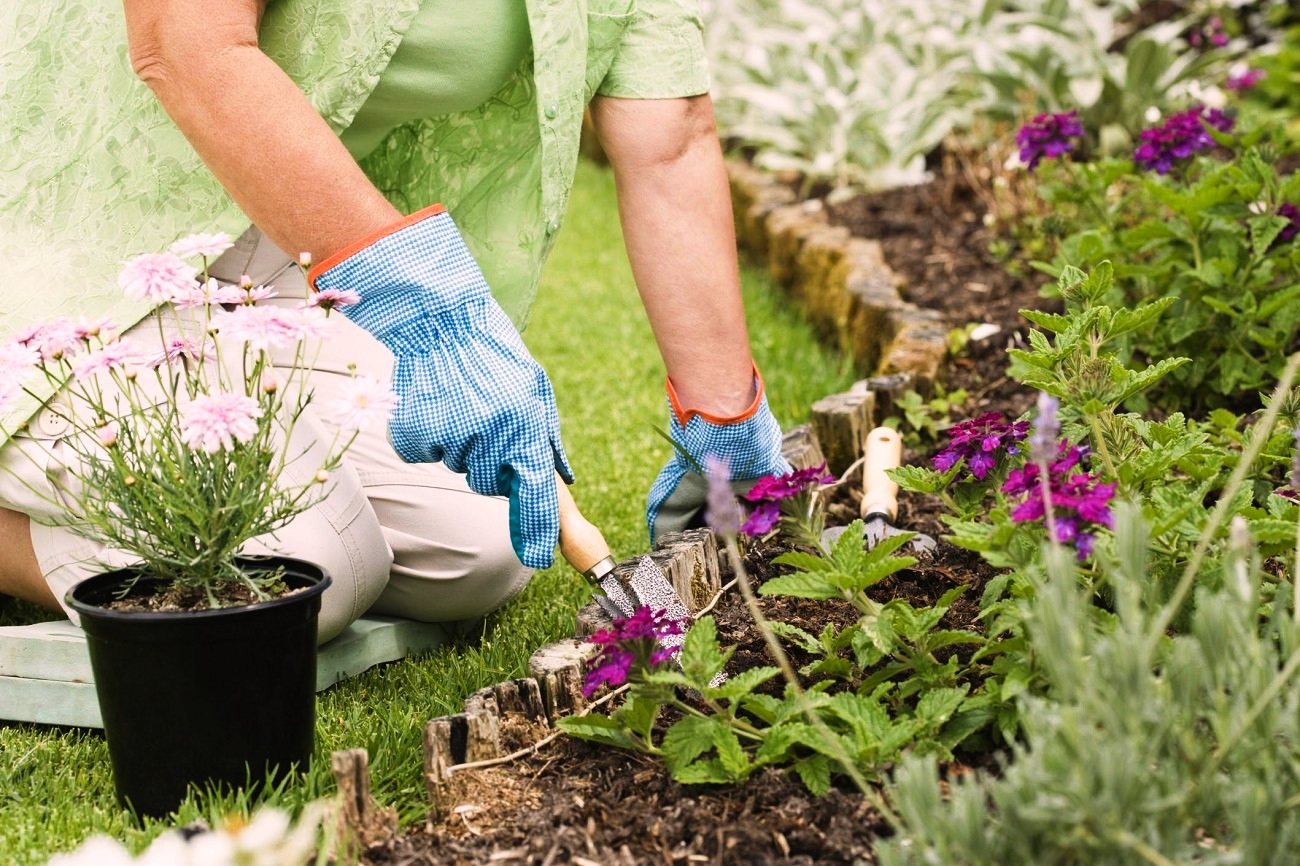
Un giardino in ombra - è davvero un problema così grande?
Un giardino grande e ben situato significa un sacco di possibilità per il design. I punti con molta luce solare sono perfetti per molte piante interessanti che rendono il giardino davvero bello. Pertanto, i proprietari di immobili situati principalmente all’ombra hanno un po’ di problemi. Ma questo non significa che tali aree debbano rimanere prive di piante. Basta assicurarsi di scegliere piante che amano l’ombra.
Sorprendentemente, ci sono molte possibilità. Le piante da ombra possono essere sia fiori che arbusti, quindi nessuno dovrebbe avere problemi a trovare cespugli da ombra o fiori che gli piacciono.
Si noti che alcune piante per il giardino non amano l’ombra completa, ma solo i punti di ombra parziale. Sono perfette, ad esempio, per le aiuole situate vicino alle recinzioni. In questo modo, il loro posto non è ombreggiato tutto il giorno ma solo per una parte di esso - a seconda della posizione del sole nel cielo.
Edera comune - le piante di base per le zone d’ombra
L’edera comune (Hedera helix) è una delle piante da ombra più popolari. Può essere piantata nei punti meno soleggiati. Inoltre, queste piante da ombra non hanno bisogno di troppe cure. Per questo motivo, è una pianta perfetta per un giardino e anche per un balcone.
Poche persone sanno che alcune specie di edera comune fioriscono. Succede in autunno e i fiori sono color crema. I piccoli fiori attirano le api, perché sono melliferi. Sicuramente non vi perderete il momento in cui l’edera fiorisce.
A seconda della specie, l’edera ha vari colori di foglie, che possono essere verdi o verde-crema. Tieni presente che anche la stagione influisce sul loro aspetto. Alcune edere diventano leggermente rosse in autunno.
Per quanto riguarda il suolo, le piante da ombra come l’edera comune non sono troppo esigenti in questo senso. Crescono bene anche in un terreno medio e poco fertilizzato. Naturalmente, si raccomanda di usare un fertilizzante appropriato prima di piantare l’edera.
5,5-6,5 è il pH migliore per l’edera comune. In questo caso, si può prevedere una rapida crescita della pianta.
L’alta resistenza al gelo è un enorme vantaggio dell’edera comune. Per questo motivo, la pianta si comporta molto bene all’inizio della primavera e nel tardo autunno.
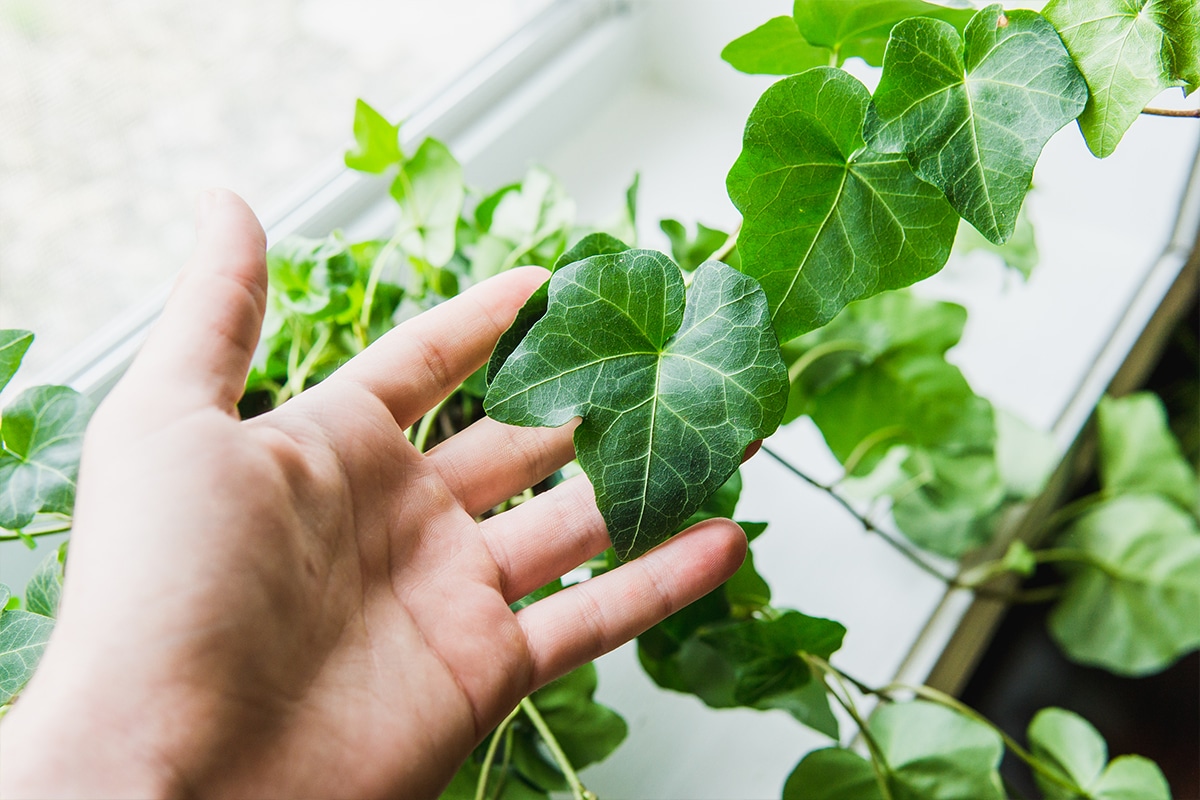
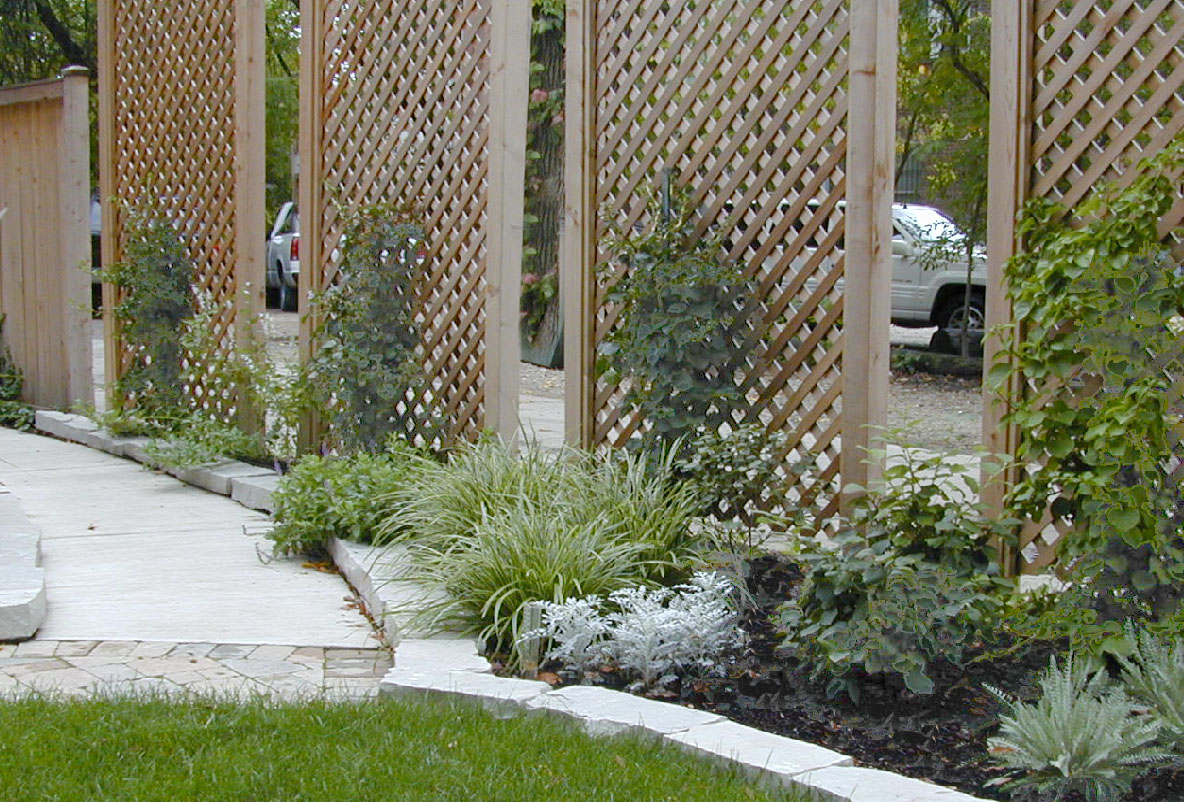
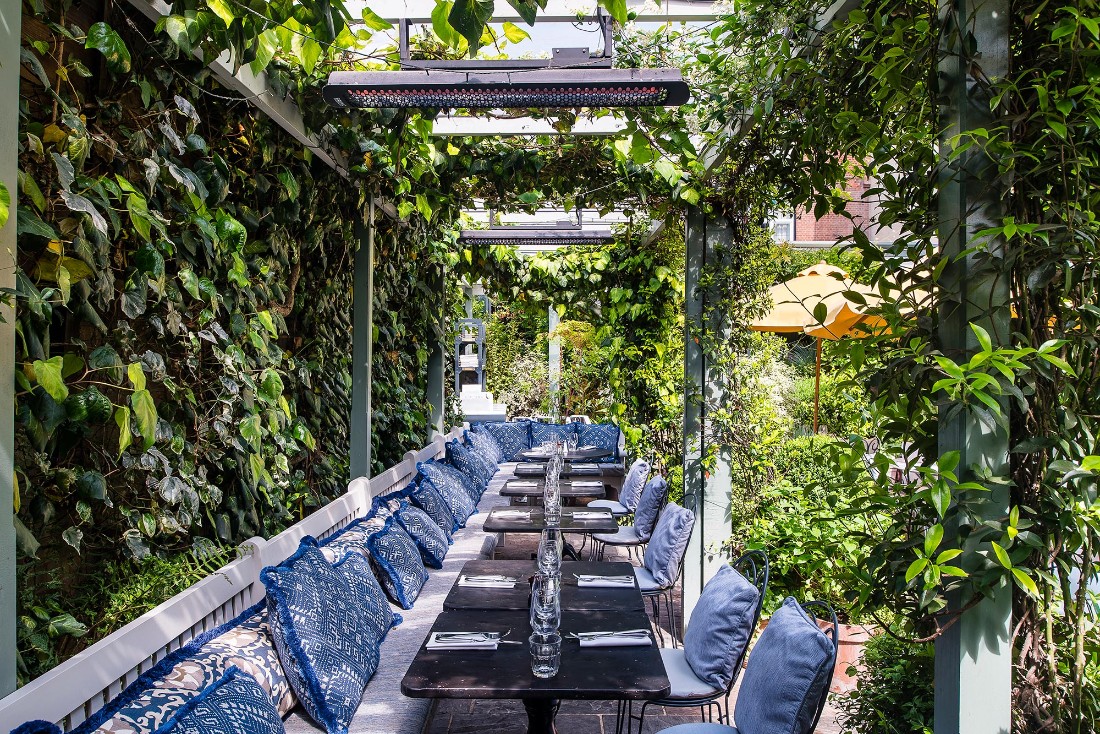
Heuchera e Heucherella - fiori a fioritura intensa per l’ombra
Le campane di corallo (Heuchera) e le campane schiumose (Heucherella) sono popolari piante perenni da ombra. Sono caratteristiche per il loro sguardo distinto, in quanto assomigliano alle foglie di grandi alberi come gli aceri. Le forme possono essere diverse - a seconda della specie. Lo stesso vale per la colorazione e le dimensioni.
Le piante amanti dell’ombra come Heuchera e Heucherella hanno tipicamente i seguenti colori:
- rosso o viola,
- viola,
- giallo o leggermente arancione.
Sfogliando varie specie, si possono trovare anche piante da ombra semplicemente verdi di questo tipo. Anche se sono meno popolari, si possono usare come divisori tra altri colori per organizzare le aiuole.
Le piante perenni da ombra come Heuchera e Heucherella non sono troppo complicate da curare. Sono perfette per i giardinieri principianti che non hanno esperienza nella cura delle piante. In questo caso, bisogna solo scegliere il giusto tipo di terreno - deve essere permeabile e contenere humus. Inoltre, assicuratevi di annaffiare le piante perenni regolarmente, soprattutto quando le precipitazioni sono scarse.
Sia l’Heuchera che l’Heucherella sono piante da ombra resistenti alle intemperie - possono sopportare le basse temperature e il gelo. Tuttavia, si raccomanda di proteggerle dalle nevicate. Per fare questo, si può usare agrotessuto o foglie secche - entrambi questi materiali sono perfetti per questo scopo.
Alcuni tipi di Heuchera e Heucherella sono molto popolari nei giardini. Ecco la lista delle più comuni:
- Leuchtkafer,
- Ercole,
- Paris,
- Dayglow Pink,
- Tokyo,
- Gold Zebra,
- Green Spice,
- Lime Marmalade,
- Magnum,
- Black Taffeta,
- Fire Alarm,
- Rio.
Ci sono almeno alcune centinaia di tipi che hanno diverse strutture di foglie, colori e fiori.
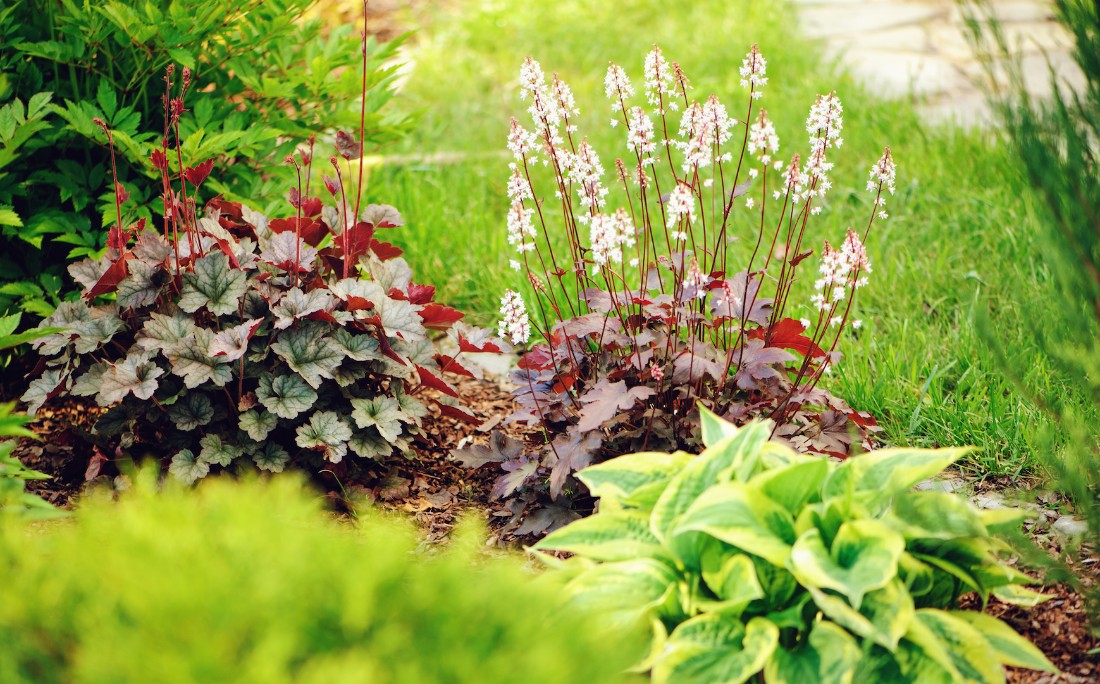
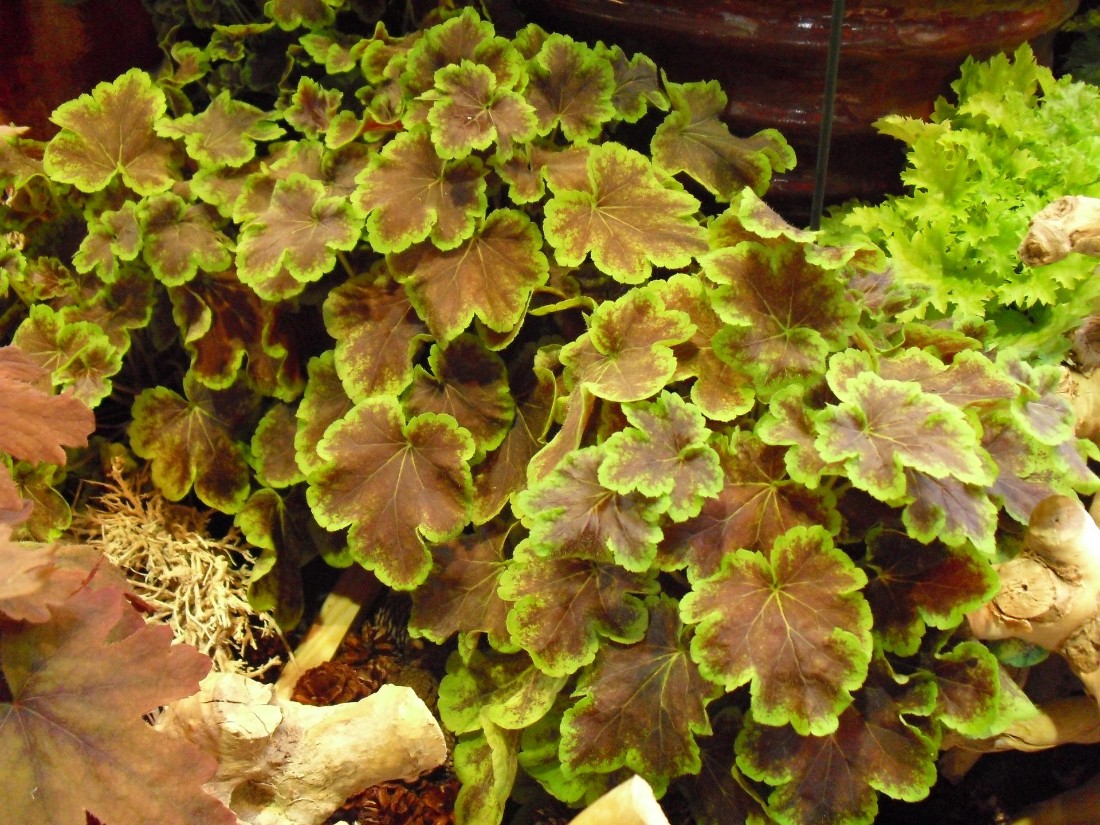
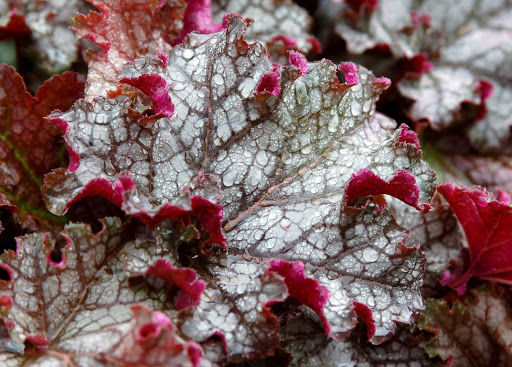
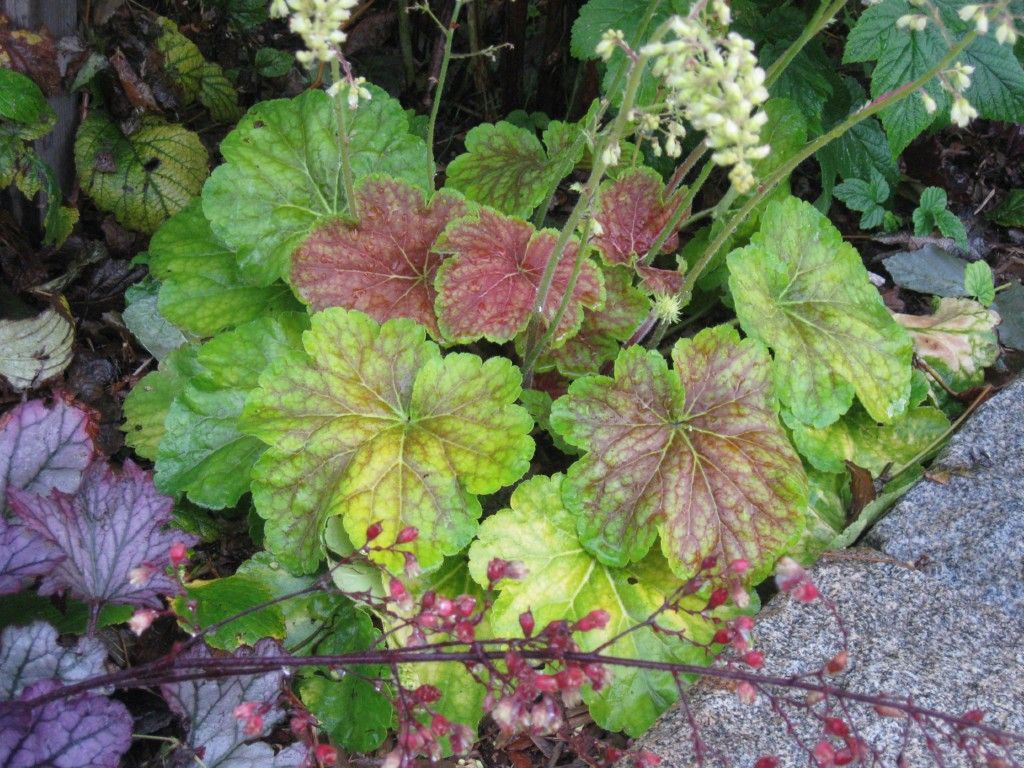

Hellebores - piante da fiore durevoli per l’ombra
Gli ellebori (Helleborus) sono piante da ombra uniche. Sono bellissime e iniziano a fiorire anche a gennaio nell’emisfero nord. Ma non è la migliore pianta per i giardinieri principianti. È consigliata a coloro che hanno già esperienza nella coltivazione di piante da giardino - specialmente quelle esigenti.
Le piante da ombra come queste richiedono un terreno molto fertile. Deve essere ricco di calcio e umido. Senza un’adeguata irrigazione, i fiori non sopravviveranno e appassiranno rapidamente.
L’elleboro sopporta le basse temperature, quindi può facilmente sopravvivere all’inverno nel terreno. Inoltre, sono una delle piante che fioriscono più presto. Anche se molte persone li considerano fiori primaverili, chiamarli specie invernali è probabilmente più accurato.
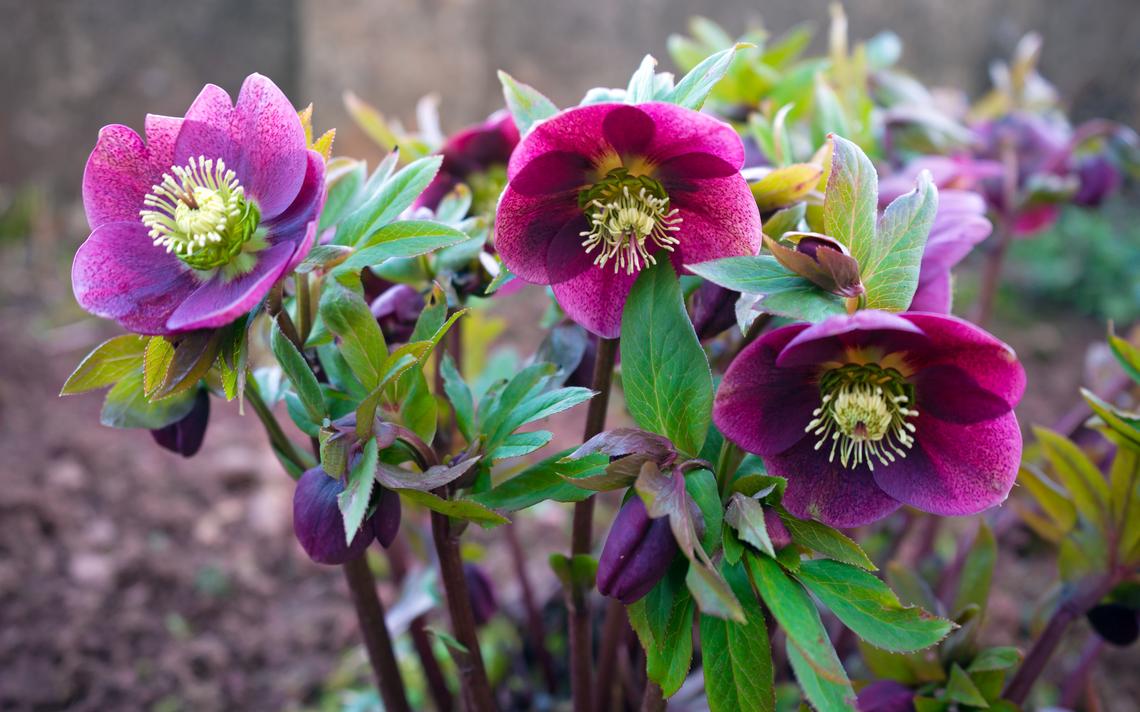
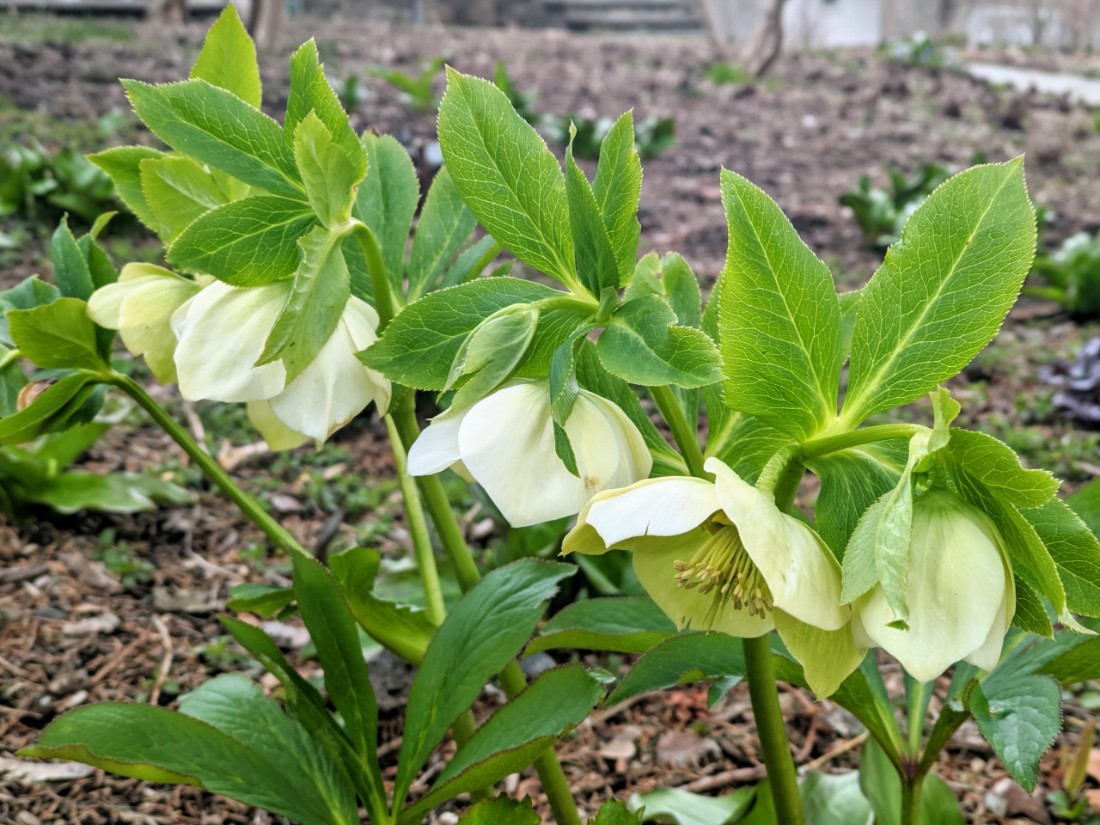
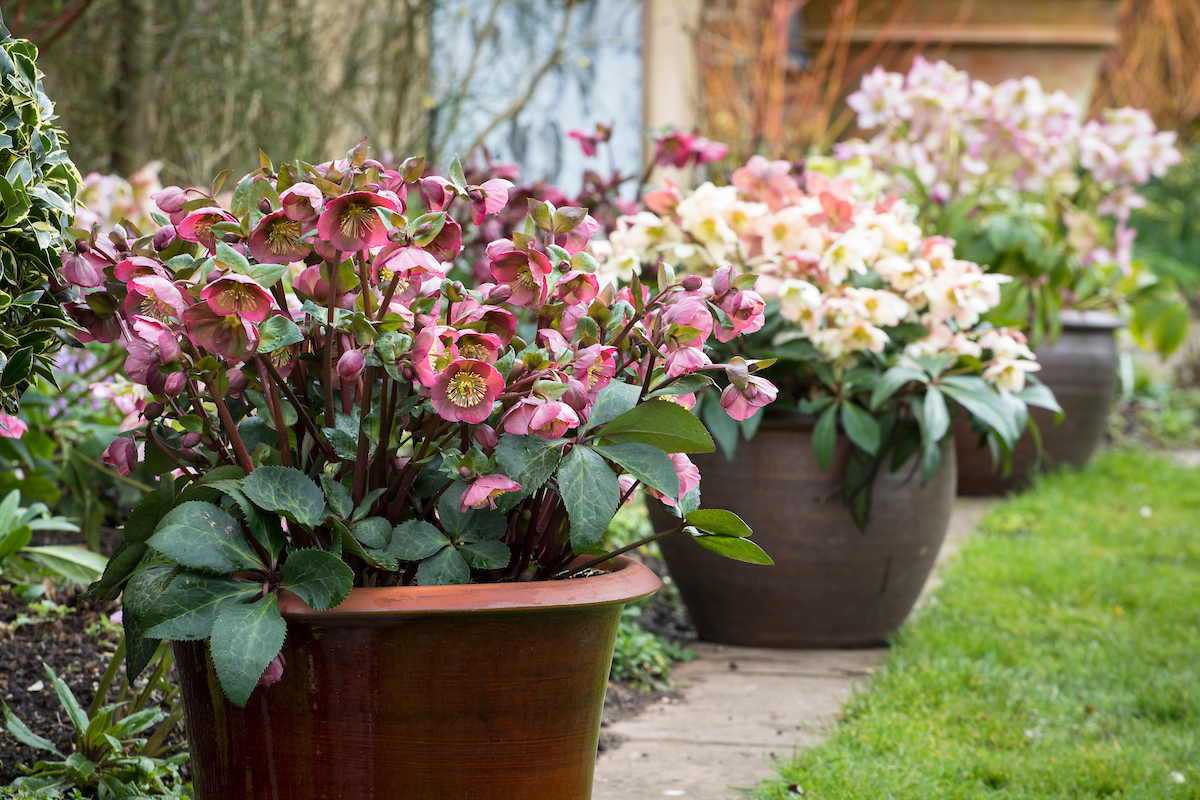
Bugleweeds - piante colorate per l’ombra
Bugleherb (Ajuga reptans) è una delle perfette piante da ombra che può crescere nei giardini rocciosi situati vicino alle vasche d’acqua sotto gli alberi. **Il suo più grande vantaggio è il breve periodo di crescita. Per questo motivo si diffonde rapidamente nell’area in cui è stata piantata. Se non si desidera che sovrasti le altre piante, è necessario rimuovere i nuovi germogli che appaiono intorno ad essa.
Le Bugleherbs sono piante da piena ombra che sono caratteristiche per le loro foglie decorative. Ma molto dipende dal tipo che scegliete. Ognuno di loro ha diversi colori e forma delle foglie. Trova le specie di bugleweed più popolari qui sotto:
- Tricolore,
- Camaleonte,
- Alba,
- Variegata,
- Multicolore.


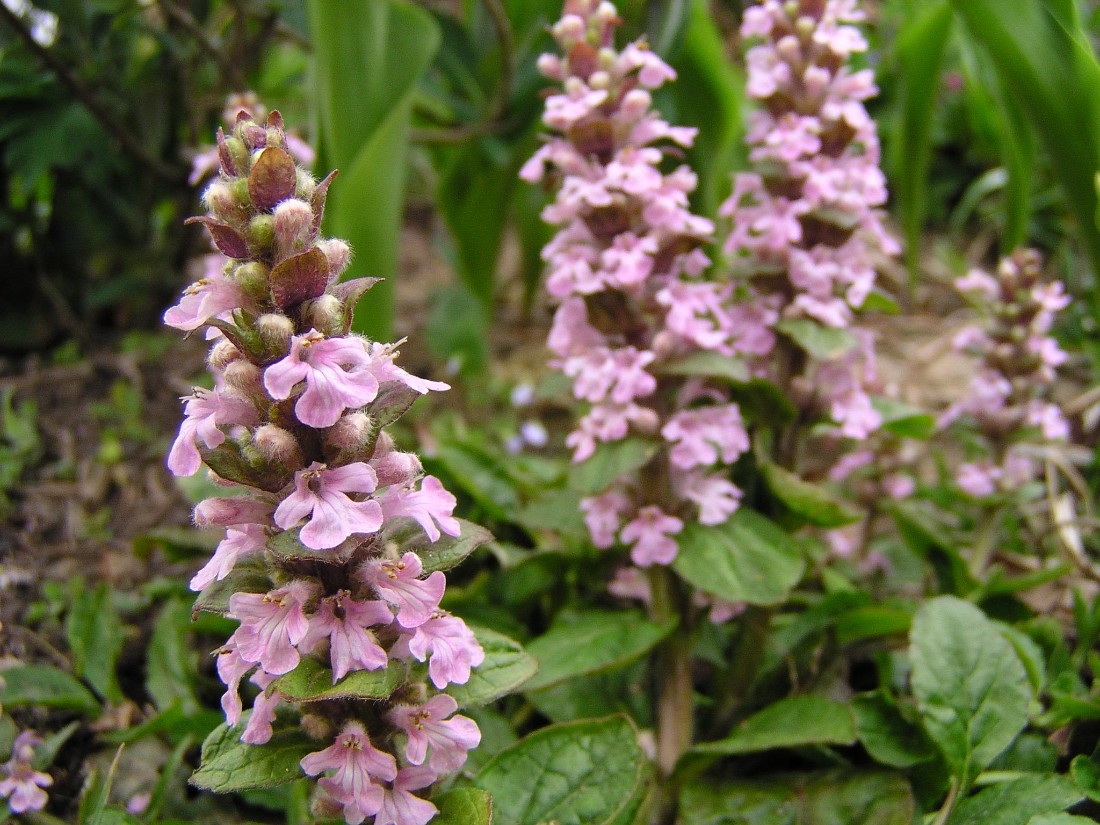
Come prendersi cura delle piante che crescono all’ombra?
Le piante che crescono all’ombra hanno tipicamente bisogno di frequenti annaffiature, che di solito sono solo un requisito della maggior parte delle piante che amano l’ombra. In un certo senso, il terreno umido compensa la mancanza di luce solare. A parte questo, le piante da ombra completa sono piuttosto autosufficienti e non hanno altre esigenze di terreno.
Se decidete per le piante rampicanti per l’ombra, assicuratevi che abbiano qualcosa su cui arrampicarsi. Può essere un piccolo recinto o una pergola.
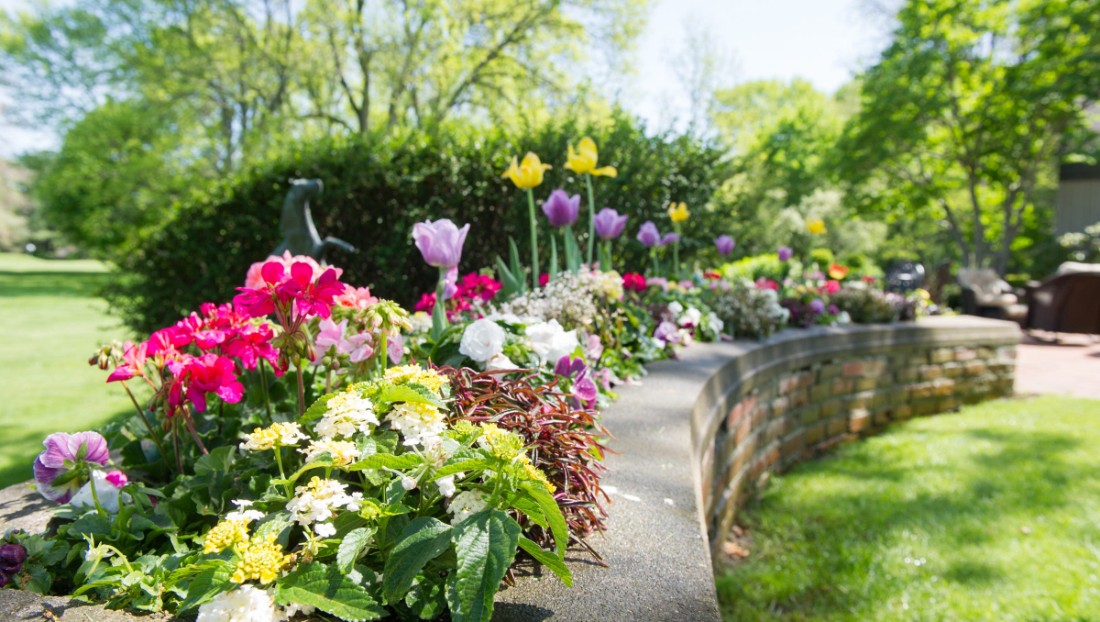
📍 Cosa sono le piante da ombra?
Le piante amanti dell'ombra sono vari fiori per l'ombra e cespugli che possono sopportare la mancanza di luce solare diretta. Grazie a questo, possono essere piantate per esempio sotto gli alberi. Crescono anche perfettamente vicino a cornicioni e recinzioni. Inoltre, spesso fioriscono in modo più bello delle solite piante che crescono in pieno sole.
📍 Quali sono le migliori piante da ombra?
Si possono facilmente riconoscere le piante più popolari che amano l'ombra, in quanto hanno tipicamente grandi foglie - ma non è l'unico fattore determinante. L'edera e il coleus sono una delle più comuni piante tolleranti all'ombra. Le specie più corte includono gli ellebori, quelle più alte le ostriche e gli astilbi. Ci sono anche cespugli da ombra - per esempio, il rododendro.
Articoli in primo piano




